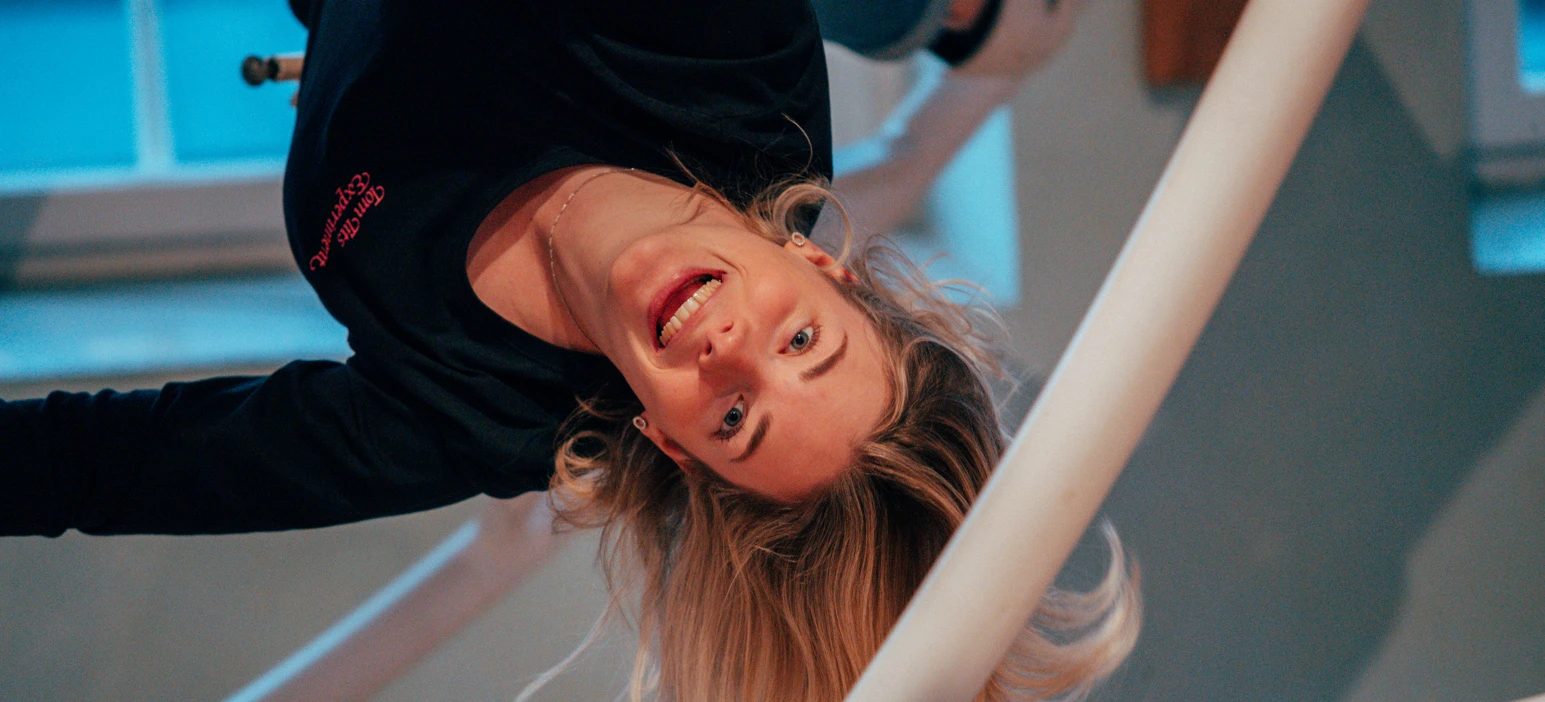
Space ball
Train like the Swedish astronauts Christer Fuglesang and Marcus Wandt! Space Ball was built to train astronauts to get used to spinning around without becoming nauseous. Can you manage it?
It’s not just sickness that affects the human body in space. The bones in the body, especially in the spine and in the legs, become fragile in a weightless environment. This means that people should not stay in space for too long. Without the resistance of gravity on the Earth, the muscles quickly deteriorate. When you lose muscle mass, this leads to increased strain on the bones and your bones can fracture more easily.
Another impact on the body when in space is that the spine extends, and astronauts are always a little bit taller when they return to Earth. To prevent illness or disease caused by time in space, astronauts need to work out every day. Exercise is also important for blood circulation, as the heart beats slower in space.
Height restrictions: 155-190 cm.
Check out the calender or the screens in our house to see when Space Ball is open.